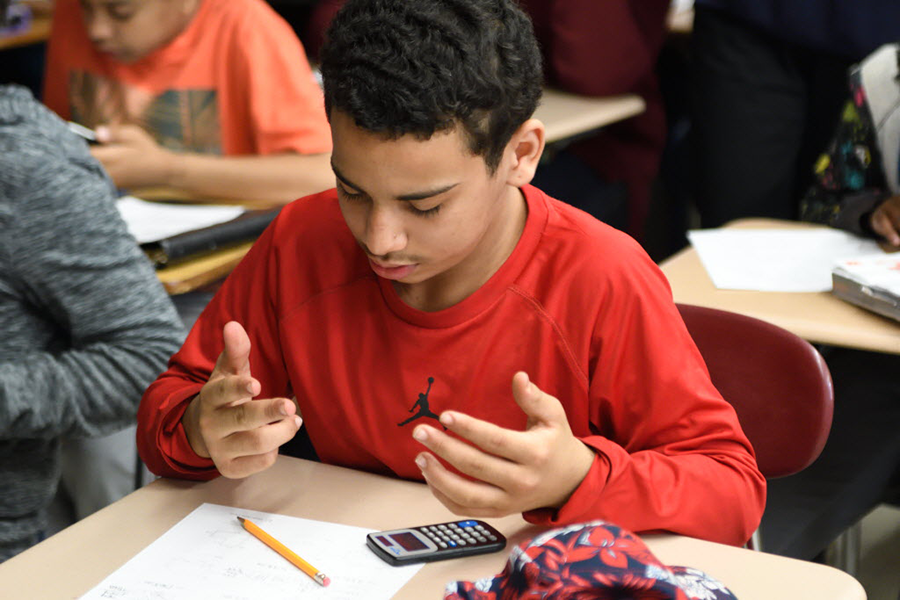US students gain a bit on math, science scores but still lag Asia
Loading...
American students are making gains on science and mathematics standardized test scores, although not nearly enough to keep up with United States’ greatest competitors worldwide.
The Trends in International Math and Science Study (TIMSS) is given to fourth and eighth grade students every four years, and is designed to reflect student learning from official curriculums, thereby testing school-based learning. Yet while scores have risen, the United States still trails many of the same countries it did when the test was first administered.
Nevertheless, US educators are positive about the TIMSS results, and the future achievement of American students on international tests like this one.
“Certainly we have much more work to do and achievement is not as high as we would like to have it,” said president of the National Council of Teachers of Mathematics, Matthew Larson. “But the trajectory is positive, and it may indicate that some of the efforts we’ve made over the past two and a half decades are making a difference.”
Of the approximately 600,000 students who took the test worldwide, the 10,000 American fourth graders who took the test ranked eleventh in math, while the more than 10,200 American eighth graders who took the test ranked ninth.
In both age groups, Hong Kong, Singapore, and South Korea all continue to lead the United States, alongside surprising top-scorers in Ireland and portions of Belgium and Canada.
Yet while eighth graders in the United States hit their highest scores yet, averaging scores of 539 on a 1,000 point scale, other countries also leaped forwards, and did so faster.
In Singapore, for example, approximately 50 percent of students tested hit the scoring benchmark for “advanced” rankings, while only 14 percent of American students did.
It is also encouraging, educators say, that gender gaps in score achievement seem to be vanishing at the fourth and eighth grade levels in the United States, although another test, the TIMSS advanced test for high achieving high school seniors, saw significant gender gaps.
Some educators say, however, that it is difficult to compare countries due to the different educational circumstances that many students within countries and within specific regions experience.
“None of these scores are corrected for socioeconomic status, which you can’t attribute to schooling,” said Stanford University professor Martin Carnoy. “So, you can’t say the score difference between any country and the next country is necessarily the result of a poor or better education.”
Nevertheless, many teachers say they are encouraged by the report, despite the United States’ failure to rise in the international rankings.
“This good news portends even stronger growth if public schools are given the chance to do what the new federal education law envisions, including more local control, less testing, continued investment in our public schools, and giving teachers more support and professional latitude to do what’s best for students,” said the president of the American Federation of Teachers, Randi Weingarten, in a statement.








